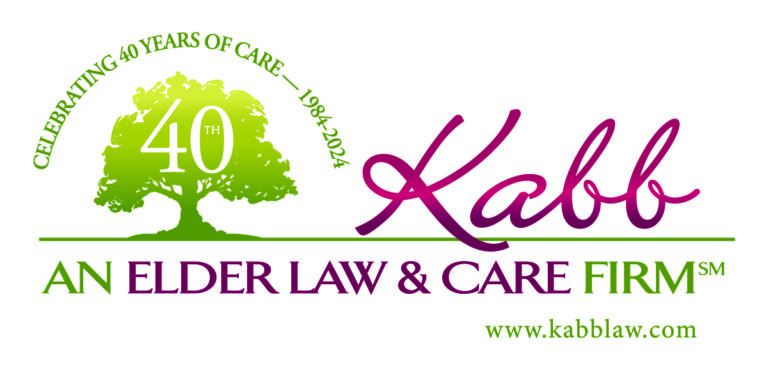June is Cataract Awareness Month. Cataracts are the leading cause of vision loss in the United States, and it is the leading cause of blindness in the world. Twenty-four million Americans over the age of 40 are affected by cataracts, which results in estimated treatment costs of $6.8 billion per year. Fifty percent of cataract patients are over the age of 80.
Cataracts are a cloudy condition of the eye’s lens. Over time, this cloudiness will decrease vision. The lens is the part of the eye that focuses images onto the retina where it is processed and then sent to the brain. Besides diminished contrast and color sensitivity, cataracts cause glare. Eventually, untreated cataracts will lead to decreased vision. But, with proper care, the risk of developing cataracts can be reduced. Cataracts can occur in one or both eyes, but they do not spread from one eye to the other.
The first, and easiest precaution is to always wear sunglasses, especially in the summertime when ultraviolet radiation is at its peak. When purchasing sunglasses you need to make sure that they are 100% U-V absorbent. This precaution is because ultraviolet radiation can cause the protein in your eye lens to breakdown, resulting in cataracts.
The second way to prevent cataracts is for smokers to quit smoking. Smokers of 20 cigarettes per day have twice the risk of developing cataracts than do non-smokers. The smoke from the tobacco contains something called free radicals. It is the free radicals in the tobacco smoke that causes the damage to the eye’s lens. Also, tobacco smoke reduces the amount of antioxidants in the body, by a lot. In other words, stop smoking – it can increase your chances of forming cataracts.
The third way to prevent cataracts is to reduce alcohol consumption to a moderate amount. In 2010, Boston University conducted a study with drinkers, and found that those who consumed more than 2 alcoholic drinks per day had a significant increase in the likelihood of developing cataracts. Bottom line – alcohol consumption can increase your chances of forming cataracts.
Unfortunately, all of these precautions do not make developing cataracts 100% preventable. There are many factors that can contribute to developing cataracts. Among them are family history, medications and age. But, there is treatment for cataracts.
The treatment involves surgery. The ophthalmologist makes a tiny, miniscule incision in the cornea, and then removes the deteriorated lens and replaces it with an artificial one that is called intraocular lens or IOL. It is one of the most common surgical procedures that is done in the USA as over 3 million Americans undergo cataract surgery per year. It is easy, quick surgery that only lasts about 20 minutes, and allows the patient to resume normal activities very rapidly. It is one of the safest and one of the most effective surgical procedures being performed today with a success rate of 95%.
Knowing about cataracts is half the battle. For more information pertaining to your elder loved ones, contact one of the experts at Kabb Law: 216-991-KABB (5222).
